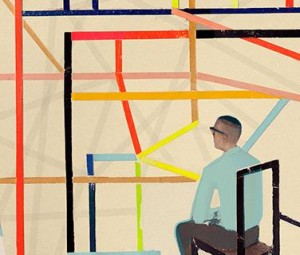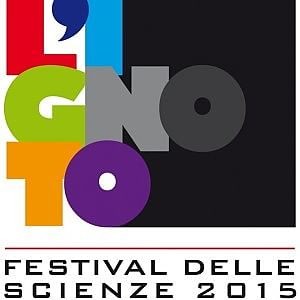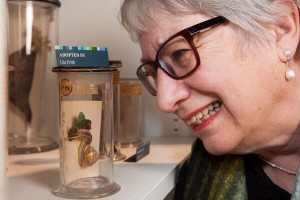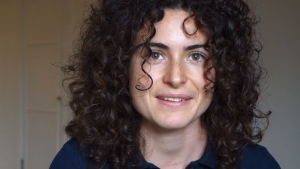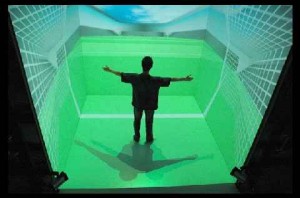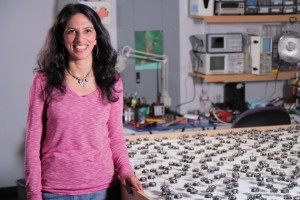From Nautilus:
“Though they started at opposite ends of the socioeconomic spectrum, McCulloch and Pitts were destined to live, work, and die together. Along the way, they would create the first mechanistic theory of the mind, the first computational approach to neuroscience, the logical design of modern computers, and the pillars of artificial intelligence. But this is more than a story about a fruitful research collaboration. It is also about the bonds of friendship, the fragility of the mind, and the limits of logic’s ability to redeem a messy and imperfect world.”
“The moment they spoke, they realized they shared a hero in common: Gottfried Leibniz. The 17th-century philosopher had attempted to create an alphabet of human thought, each letter of which represented a concept and could be combined and manipulated according to a set of logical rules to compute all knowledge—a vision that promised to transform the imperfect outside world into the rational sanctuary of a library.”

